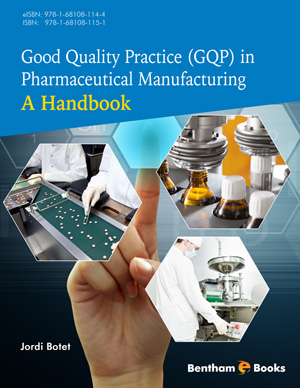Abstract
Personnel are certainly the weakest ring of the quality chain of the pharmaceutical industry. On one side, their adequate level of training is difficult both to reach and to monitor. On the other, they are the only known source of contamination and mix-up which is voluntarily allowed to enter a manufacturing unit. It is true that automation and computer-assisted monitoring systems have contributed in diminishing this problem. Nevertheless personnel still holds the center of the scene. Education and a good deal of training can provide an acceptable level of knowledge and skills, but keeping this “state of training” is not easy. Training programs are a must for any laboratory, but ensuring their efficiency requires a good deal of dedication, not to say of ingenuity. It is well known that when the root causes for a deviation are investigated often one of them is “lack of adequate training”, then training is repeated and rather commonly this becomes a vicious circle because the problem was not lack of training but inadequate training. Hygiene is a must too, but can training change behavior? The answer should be yes, of course, but this requires convincing people of the real impact of hygienic practices on the quality of products. This chapter describes the GMP approach to personnel and training, analyses well-known problems and proposes solutions for them. The organization and documentation of training is studied in detail. Particular attention is drawn to the existing methods of training and to the measure of their effectiveness.
Keywords: Analysis of requirements, annual training program, appointment, confidentiality agreement, continuing training, evaluation of effectiveness, general admission training, job description, job specification, personnel lifecycle, personal training matrix, personal training tally, post profile, professional CV, selection, specific admission training, trainees, trainers, training methods, training records.






















